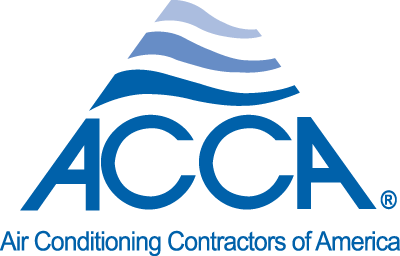I’ve been thinking about getting a mini split for my house. I have some questions about what’s the best unit, and if what I want to do will even work. I’ll tell you about the house first, and then what I want to do.
House is about ten years old. It’s wood frame construction with 2x6 walls, decent insulation, and decent windows. The house is pretty tight. Around 1500 sq ft.
It’s located in upstate NY. Right now the only heat source is a wood stove.
First of all I need to get home owners insurance on the house. I used to have it years ago, but let it lapse. I’ve been telling my wife I’ll get it again before wood burning season. The insurance I had before was more of a construction insurance.
I need to have some other primary heat source besides the woodstove. Not that I would actually use it as a primary heat source, but for insurance purposes. Would the mini split work for this?
Second, there are times when I have to leave the house on short notice. Usually not in the dead middle of winter, but I can’t rule that out as something that will never happen. I know the heat pump will not work below a certain temp. Of maybe it’s just super inefficient IDK. I’m not sure if some mini splits have heat strips in them as well. Anyways, I need something that could keep the house above freezing for short periods of time during the winter.
3rd. On hot summer nights my kids would like it if I could cool down the house a little. It doesn’t have to be an icebox, just cooler and less humid.
And last, during shoulder season it would be nice to not have to fire up the woodstove on days when it will warm up shortly.
Basically my house is almost a square. It’s 24x30 and two story. When heating with the woodstove in the winter all rooms are very close to the same temp. I can keep downstairs 75ish and upstairs 77ish. The plan is to put the mini split blower unit in the middle of the house. I think maybe in the stairs between the floors.
Can you guys recommend a brand(s) and size unit? Thanks.
House is about ten years old. It’s wood frame construction with 2x6 walls, decent insulation, and decent windows. The house is pretty tight. Around 1500 sq ft.
It’s located in upstate NY. Right now the only heat source is a wood stove.
First of all I need to get home owners insurance on the house. I used to have it years ago, but let it lapse. I’ve been telling my wife I’ll get it again before wood burning season. The insurance I had before was more of a construction insurance.
I need to have some other primary heat source besides the woodstove. Not that I would actually use it as a primary heat source, but for insurance purposes. Would the mini split work for this?
Second, there are times when I have to leave the house on short notice. Usually not in the dead middle of winter, but I can’t rule that out as something that will never happen. I know the heat pump will not work below a certain temp. Of maybe it’s just super inefficient IDK. I’m not sure if some mini splits have heat strips in them as well. Anyways, I need something that could keep the house above freezing for short periods of time during the winter.
3rd. On hot summer nights my kids would like it if I could cool down the house a little. It doesn’t have to be an icebox, just cooler and less humid.
And last, during shoulder season it would be nice to not have to fire up the woodstove on days when it will warm up shortly.
Basically my house is almost a square. It’s 24x30 and two story. When heating with the woodstove in the winter all rooms are very close to the same temp. I can keep downstairs 75ish and upstairs 77ish. The plan is to put the mini split blower unit in the middle of the house. I think maybe in the stairs between the floors.
Can you guys recommend a brand(s) and size unit? Thanks.



